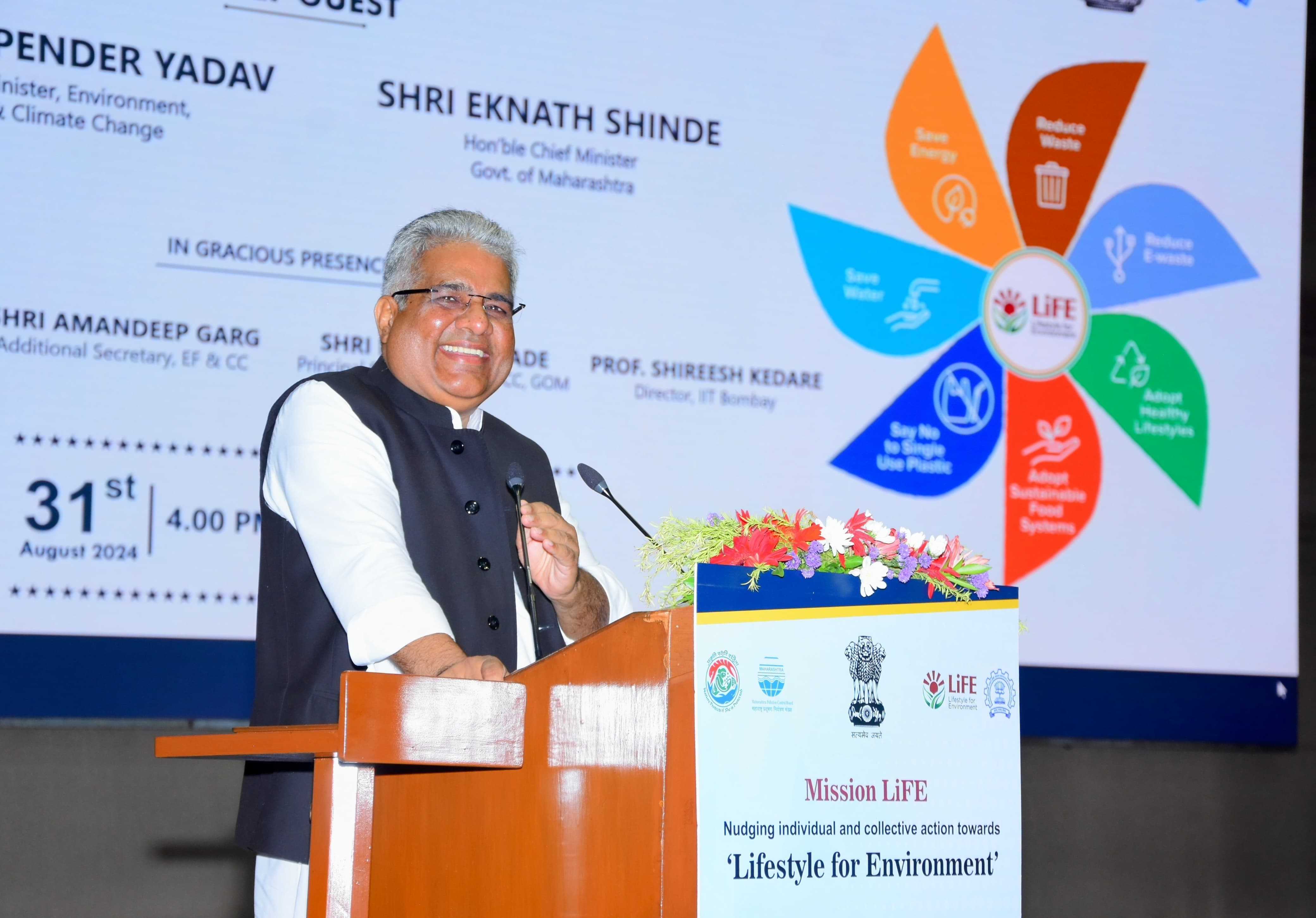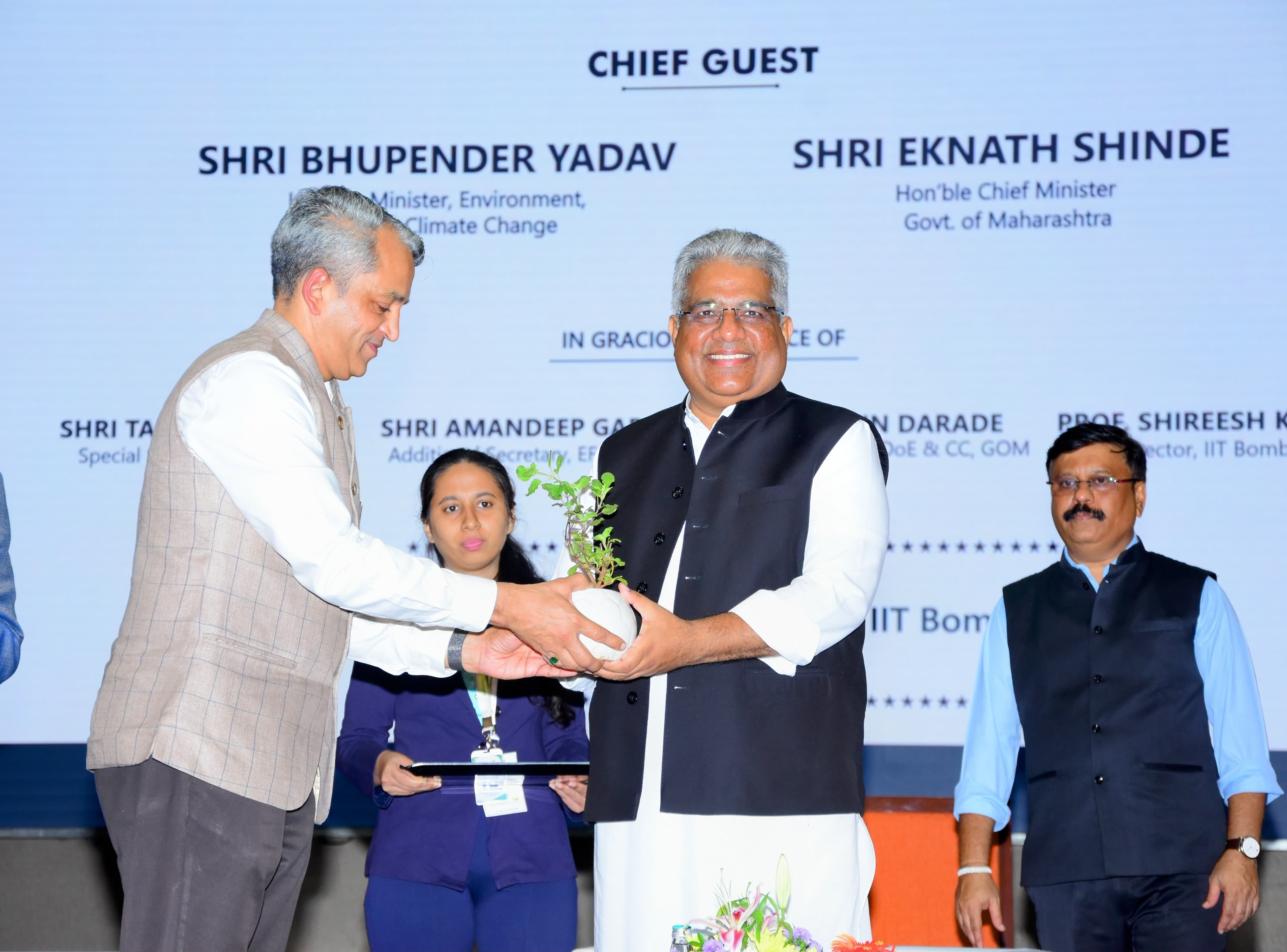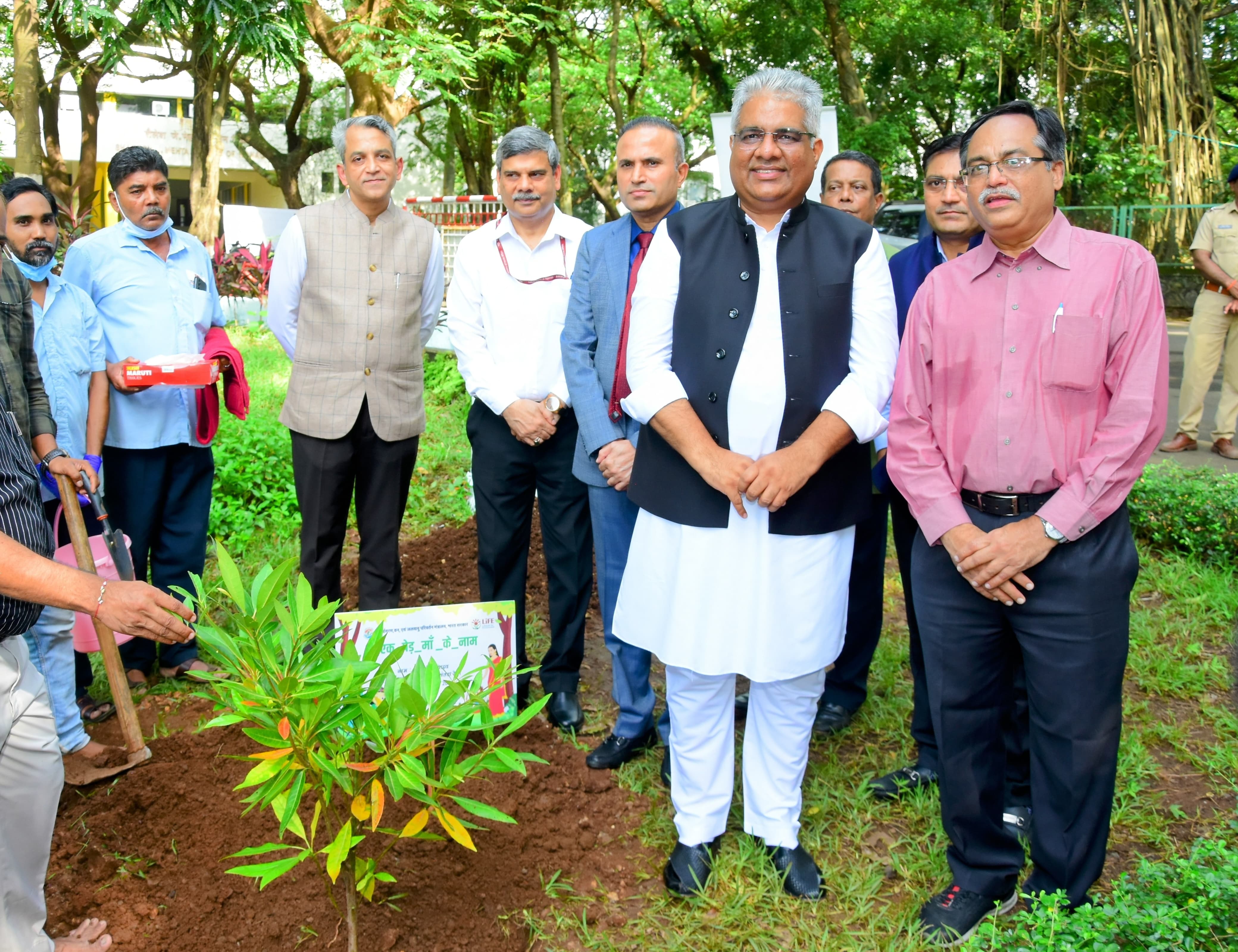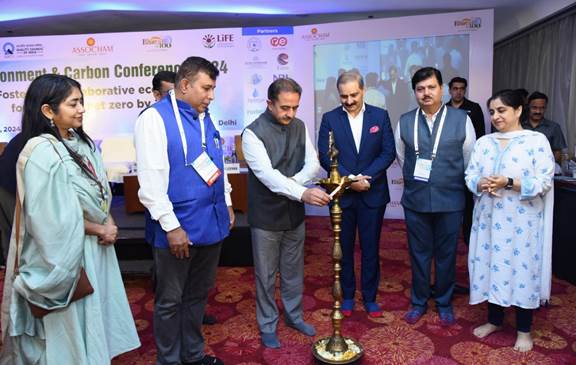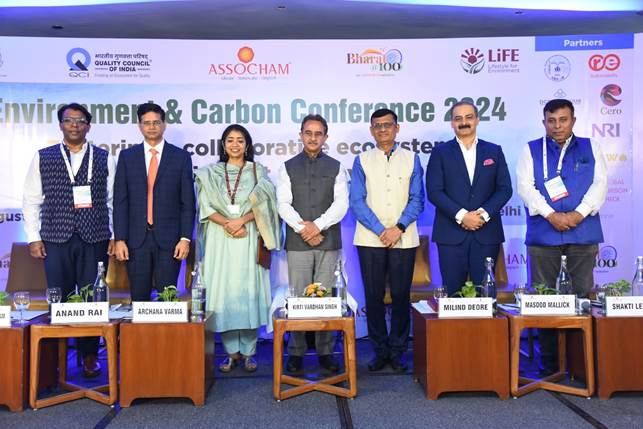Monitoring Green Hydrogen Purity
Syngas
Monitoring Green Hydrogen Purity | Hydrogen Gas Quality Measurement | Pure Green Hydrogen
As the quest for sustainable energy solutions intensifies, green hydrogen emerges as a vital player in the energy transition. However, the efficacy of hydrogen as a clean fuel hinges on its purity. The monitoring of green hydrogen purity is instrumental to its performance and longevity in fuel cell applications. In this article, we delve into the science of hydrogen gas quality and the advanced measurement techniques crucial for ensuring the highest standards of purity are met, thus safeguarding the integrity of our green energy future. Join us as we explore the critical role of precision in the domain of green hydrogen.
The Importance of Quality Measurement in Green Hydrogen Production
As the world pivots towards sustainable fuel alternatives, green hydrogen emerges as a vital player. Monitoring its purity is not just a preference but a strict requirement for ensuring the highest quality fuel. In the industrial production of hydrogen gas, the integrity of the production process is paramount. Thus, the quest for near-perfect hydrogen purity begins with meticulous monitoring and testing. It can’t be overstated how essential quality measurement is in green hydrogen production.
At Lee Enterprises Consulting , we understand that to monitor green hydrogen effectively, the purity level must be tracked relentlessly using state-of-the-art spectroscopy and other advanced testing methods. This guarantees that the pure hydrogen produced is indeed of the quality that industries and applications demand. In hydrogen production, the electrolyzer plays a key role in splitting water into hydrogen and oxygen; however, without proper control measures, impurities could compromise the gas quality.
Therefore, the process of hydrogen production demands a thorough testing regime. Our consultants specialize in setting up monitoring systems that continuously monitor the purity of hydrogen. By doing so, we ensure that the process hydrogen production is carried through with precision, and any deviation from the required purity standards can be immediately addressed. Monitoring green hydrogen, especially when intended for fuel, requires an intricate balance of technology and expertise.
The term “hydrogen gas quality and measurement” encompasses the various techniques employed to assess hydrogen purity. Whether in the lab or in field conditions, Lee Enterprises Consulting provides cutting-edge solutions for monitoring gas purity, thereby reinforcing the production cycle with unwavering quality assurance. Testing fuel purity is a critical aspect of maintaining high levels of efficiency and safety in applications such as transport, power generation, and industrial processes where pure hydrogen is pivotal.
The monitored purity of the hydrogen fuels not only underscores the production value; it also conveys a message of commitment towards excellence and environmental stewardship. Production process control is a fundamental aspect, where continuous view and adjustments ensure the resulting hydrogen meets the anticipated quality benchmarks. Hence, in green hydrogen production, it is not just the production that is important, but the encompassing ecosystem, including the application, monitoring, and control, all under the watchful eye of hydrogen purity measurement.
The responsibility to produce and provide quality fuel rests squarely on the shoulders of producers. Lee Enterprises Consulting champions this cause by advocating for robust purity systems for every step of the production process. When the green hydrogen meets the high standards set forth, it truly becomes a cornerstone in the pursuit of a sustainable and environmentally conscious energy future. To that end, our consultants assist with setting protocols to test, monitor, and confirm that the hydrogen produced is of premier quality and ready for its intended use.
Monitoring Green Hydrogen Purity: Hydrogen Gas Analysis and Fuel Test
As the momentum behind green hydrogen accelerates, it’s clear that ensuring the purity of hydrogen is paramount for its application as a clean energy fuel. With the advent of renewable energy sources, green hydrogen production has risen to prominence, offering a pathway to a sustainable future. Nonetheless, rigorous monitoring of this valuable gas is vital to maintain the high standards required for its use. Through continuous and meticulous hydrogen gas analysis, we can safeguard the integrity and purity of green hydrogen.
Monitoring hydrogen gas encompasses a series of scientific methods to view and track the exact composition of the gas produced. Since green hydrogen’s value lies in its purity, the monitoring process must be exacting and fail-proof. The purity of hydrogen is essentially its oxygen content and other impurities; these need to be kept at bay for hydrogen to serve effectively as a fuel. In the realm of hydrogen gas quality, testing every batch is non-negotiable.
Testing for purity involves a comprehensive fuel test that examines whether the hydrogen produced is indeed pure enough to be classified as green hydrogen. This monitoring guarantees that the hydrogen fuel meets stringent quality guidelines. Furthermore, the quintessential characteristic of hydrogen as a clean fuel lies in its purity. If compromised, the benefits of green hydrogen as an alternative energy source might be nullified. Hence, analysis of the gas is critical at every juncture of hydrogen production.
Lee Enterprises Consulting seamlessly integrates monitoring into the hydrogen production process, ensuring that the hydrogen gas churned out is constantly monitored. The measurement of purity is not taken lightly, as it is intimately connected with the fuel’s performance. The methods we employ for monitoring purity adapt to the rigorous demands of tracking the quality of green hydrogen. Our analytical prowess in testing hydrogen supports the industry’s pursuit of an impeccably pure fuel.
The process of monitoring green hydrogen includes specialized gas analysis equipment that has been carefully calibrated for precise measurement. Each test verifies that the purity of hydrogen aligns with the scientific benchmarks established. The repeated use of the keywords ‘monitor’ and ‘purity’ in industry discussions emphasizes their critical role in establishing green hydrogen as a reliable fuel source. Purity testing, and accurate monitoring of hydrogen gas, are the cornerstones upon which the trust in green hydrogen’s quality is built.
At Lee Enterprises Consulting , we understand that the repeated mention of ‘gas’ is not just a redundant emphasis but a reminder of the substance that’s being scrutinized. Gas quality can’t be understated, and as consultants, we continually stress the importance of using sophisticated monitoring tools. With an unwavering commitment to enhancing green hydrogen quality, Lee Enterprises Consulting stands at the forefront of ensuring that the pure, green hydrogen meets the anticipated promises of this fuel of the future. Thus, our expertise supports the full spectrum of purity analysis, from oxygen content to the tiniest of impurities, promoting a greener tomorrow through superior hydrogen monitoring solutions.
Advancements in Green Hydrogen Production: The Role of Water and Energy
The surge in demand for sustainable energy solutions has significantly underlined the importance of advancements in green hydrogen production. This process, instrumental to securing a low-carbon future, necessitates a rigorous understanding of the intricate relationship between water and energy. High-level advancement in hydrogen manufacturing technology has led to enhanced hydrogen purity, which is critical for efficacy in a wide range of applications. Making strides towards sustainable green hydrogen availability depends largely on optimizing water usage and process energy consumption, to ensure that the on-site production of this energy carrier leaves a minimal environmental footprint.
Leading the charge in this high pressure arena, Lee Enterprises Consulting stands at the forefront of scientific advancements that streamline the production process. By harnessing renewable energy services, we effectively manage the energy-water flux, thus contributing to the production of high-quality green hydrogen. Monitoring this energy-intensive process is no simple feat, requiring precision instruments to analyze hydrogen gas quality, fuel tests to guarantee standards, and meticulous attention to maintaining ideal concentration levels. Environmental consultancy services are paramount, as they provide the expertise necessary to fine-tune the operational parameters for optimal hydrogen purity.
Our commitment to excellence in green hydrogen production is complemented by our understanding of the role that water plays at various stages of production. Water is not only a principal ingredient in the production of hydrogen through electrolysis but is also a critical component for regulating temperature and ensuring the smooth functioning of equipment under high pressure. The push towards enhanced energy efficiency in hydrogen production demands advancements that not only scale production up but also seek to minimize the energy consumed throughout the process. Our competency in energy services is embodied in our dedication to promoting a sustainable production environment that is aligned with global energy trends.
With meticulous monitoring and an emphasis on the end-to-end purity of hydrogen, Lee Enterprises Consulting is contributing to the high-level advancement in green hydrogen we see today. This dedication ensures that every stage of production—from energy input to water optimization and hydrogen output—functions seamlessly to produce hydrogen that meets the stringent standards set for green energy carriers. Balancing the scales of water and energy, we lay the foundation for an energy future where green hydrogen plays a pivotal role. Our role in pioneering these advancements can’t be overstated, nor can the importance of monitoring and maintaining the purity of hydrogen throughout the production lifecycle to guarantee efficient and clean energy for a variety of applications.
Rich content results: List
Gas Chromatography (GC): Employing a gas chromatograph equipped with a thermal conductivity detector or a mass spectrometer to separate and analyze the components of the hydrogen gas mixture, identifying and quantifying any impurities present.
Fourier Transform Infrared Spectroscopy (FTIR): Utilizing FTIR spectrometry to inspect the hydrogen gas for the characteristic absorption spectra of impurities, which can indicate the presence and concentration of various contaminant molecules.
Dew Point Testing: Measuring the dew point temperature of the hydrogen gas to determine the amount of water vapor present, which can provide indirect information on the purity level of the hydrogen, since higher levels of contaminants can raise the dew point.
HORIBA Instruments for Hydrogen Quality and Purity Monitoring
At the forefront of green hydrogen production, the imperative to ensure the highest standards in hydrogen gas quality and purity can’t be overstated. Lee Enterprises Consulting recognizes the intrinsic value of precision in this realm, which is precisely why HORIBA’s instruments are integral to monitoring these critical parameters. Through sophisticated analysis and testing, HORIBA helps maintain the purity of hydrogen, thereby safeguarding its role as a sustainable fuel source. The application of HORIBA’s instruments spans various aspects of hydrogen production, from manufacturing to the point of delivery, asserting an unwavering commitment to quality and safety.
The need for thorough hydrogen purity and quality monitoring is essential, as even minimal contamination can compromise the efficiency of fuel cells. HORIBA’s scientific prowess is evident in its high-flow instruments, which seamlessly monitor hydrogen purity levels. These devices offer robust support to ongoing quality control, with a focus on real-time measurement and analysis. The incorporation of Raman spectroscopy in some of HORIBA’s instruments allows for precise detection of even trace levels of impurities, such as oxygen, while also enabling pressure control and flow level regulation.
Hydrogen gas analysis is a cornerstone of HORIBA’s services; their testing equipment is specifically designed to handle the high-pressure and high-purity conditions characteristic of hydrogen fuel applications. Ensuring the correct concentration of hydrogen is maintained is not only critical for performance but also for compliance with the stringent safety standards set within the industry. HORIBA’s products are regularly used to monitor and test hydrogen quality, contributing to the reliability of green hydrogen as an energy vector. On-site support from HORIBA further complements their expansive catalog of products and services, facilitating a seamless integration into existing hydrogen production operations.
For quality measurement to be effective, it must be continuous. HORIBA ensures continuous monitoring through instruments that provide continual feedback on the hydrogen’s purity levels. Every variation in purity is promptly identified and could be addressed to ensure the hydrogen meets the necessary specifications for advanced applications. In the realm of green hydrogen production, the critical role of water and energy can’t be discounted, as these inputs directly affect the final purity of the hydrogen gas produced. HORIBA’s instruments are adept at handling these variables, ensuring that the hydrogen produced is of the highest quality and ready for end-use.
In conclusion, the instruments provided by HORIBA are indispensable for those who prioritize quality, control, and safety in green hydrogen production. As Lee Enterprises Consulting , we stand by the reliability and precision of HORIBA’s comprehensive range of instruments and are poised to offer insights and support to any entity engaging in the advanced manufacturing of hydrogen. With our site-specific solutions and unwavering support, we aim to ensure that the purity and quality of hydrogen are rigorously monitored and maintained at the highest levels, in line with global fuel standards.
In summary, the imperative of monitoring green hydrogen purity cannot be overstated. Ensuring the requisite quality of hydrogen gas is critical for the optimal performance of fuel cells and to guarantee the safety and efficacy of hydrogen as a clean energy carrier. As the industry continues to evolve, advanced measurement techniques are increasingly becoming essential tools. At Lee Enterprises Consulting , we remain at the forefront of providing innovative solutions for monitoring and analysis, supporting the transition to a sustainable energy future. Monitoring is not just about maintaining standards; it’s about upholding a commitment to environmental stewardship and operational excellence.
Q: What is the importance of green hydrogen purity in the context of sustainable energy solutions?
A: The purity of green hydrogen is paramount for its effectiveness as a clean fuel, especially when used in fuel cell applications where impurities can impair performance and longevity. Ensuring high standards of green hydrogen purity helps to safeguard the integrity of our green energy future and is essential for maintaining high levels of efficiency and safety in its various applications.
Q: How does Lee Enterprises Consulting ensure the quality of green hydrogen produced?
A: Lee Enterprises Consulting uses state-of-the-art spectroscopy and advanced testing methods to continuously monitor and track the purity levels of green hydrogen. We specialize in setting up monitoring systems that can detect any deviation from required purity standards and ensure that hydrogen production processes are carried out with precision. This guarantees that the hydrogen produced meets the demanded quality.
Q: What does hydrogen gas quality and measurement encompass?
A: Hydrogen gas quality and measurement refer to the various techniques used to assess the purity of hydrogen gas. This involves sophisticated analytical methods to verify that the concentration of oxygen and other impurities is within strict thresholds set for green hydrogen. Each test ensures the hydrogen meets stringent quality guidelines and is fit for its intended applications.
Q: Why is rigorous monitoring of green hydrogen production so vital?
A: Rigorous monitoring is vital because even minimal impurities can severely compromise the efficiency of hydrogen as a fuel source, particularly in fuel cells. The ongoing quality control, facilitated by precise detection and real-time analysis, helps maintain the purity necessary for hydrogen’s performance, safety, and compliance with industry standards.
Q: How does Lee Enterprises Consulting support advancements in green hydrogen production from an environmental consultancy perspective?
A: Lee Enterprises Consulting offers environmental consultancy services that provide the expertise necessary to optimize production parameters for ideal hydrogen purity. We focus on managing the water-energy flux and minimizing the environmental footprint of hydrogen production. Our comprehensive support and commitment to sustainable practices help ensure that green hydrogen remains a high-quality energy carrier.
Safety Measures in Green Hydrogen Production
RNG
Green Hydrogen Safety and Production: Implementing Safety Measures in Hydrogen Industry
As the world increasingly turns to sustainable energy sources, green hydrogen emerges as a pivotal player in the transition to a low-carbon economy. However, its production and utilization come with inherent safety challenges that cannot be overlooked. Lee Enterprises Consulting is at the forefront of addressing these concerns, advocating for rigorous safety measures within the hydrogen industry. Our latest article delves into the critical safety protocols necessary to mitigate risks associated with green hydrogen, ensuring a safe and efficient integration into our energy systems. Join us as we navigate the safe production and application of this promising energy vector.
Understanding Green Hydrogen Safety Protocols and Hazards
With the escalating transition to renewable energy, green hydrogen is stepping into the limelight as a promising, carbon-free fuel. However, as the industry expands, so does the necessity for stringent hydrogen safety protocols to safeguard against the innate hazards of hydrogen use. Safety measures tailored to green hydrogen production and utilization are critical in fostering a sustainable hydrogen economy. To ensure energy safety, stakeholders must acknowledge the risks and integrate safety procedures that are in alignment with the latest safety regulations.
Preventing a hydrogen ignition is optimal, as hydrogen has a wide flammability range. Thus, comprehensive safety measures, which include constant monitoring for leaks, are vital. The inherent risks of green hydrogen, such as its low ignition energy and high diffusivity, necessitate a thorough understanding of hydrogen hazards to mitigate potential accidents. At Lee Enterprises Consulting , part of our expertise lies in assessing these risks, implementing robust process safety systems, and conducting detailed risk assessments.
The Fuel Cell Technologies Office, an advocate of safe hydrogen and fuel cell advancements, emphasizes the significance of adopting safety measures that coincide with the dynamic nature of green hydrogen technology. Adhering to guidelines set forth by such agencies ensures green hydrogen can be safely integrated into energy systems. For instance, fuel cell technologies require careful handling due to the potent ene

